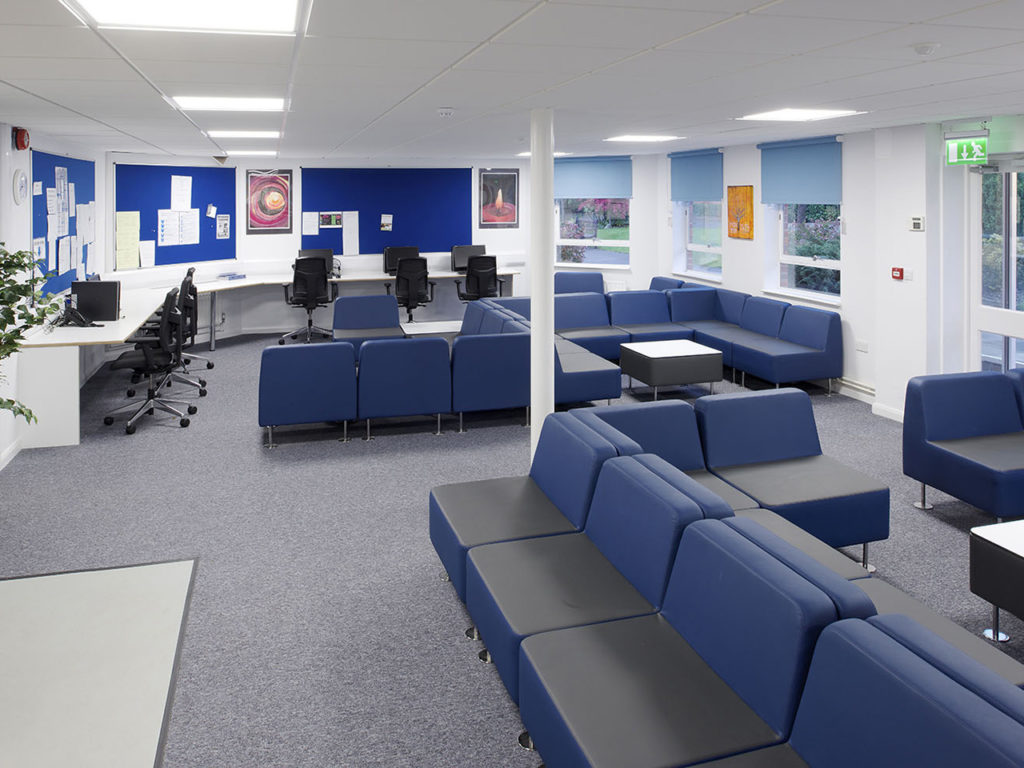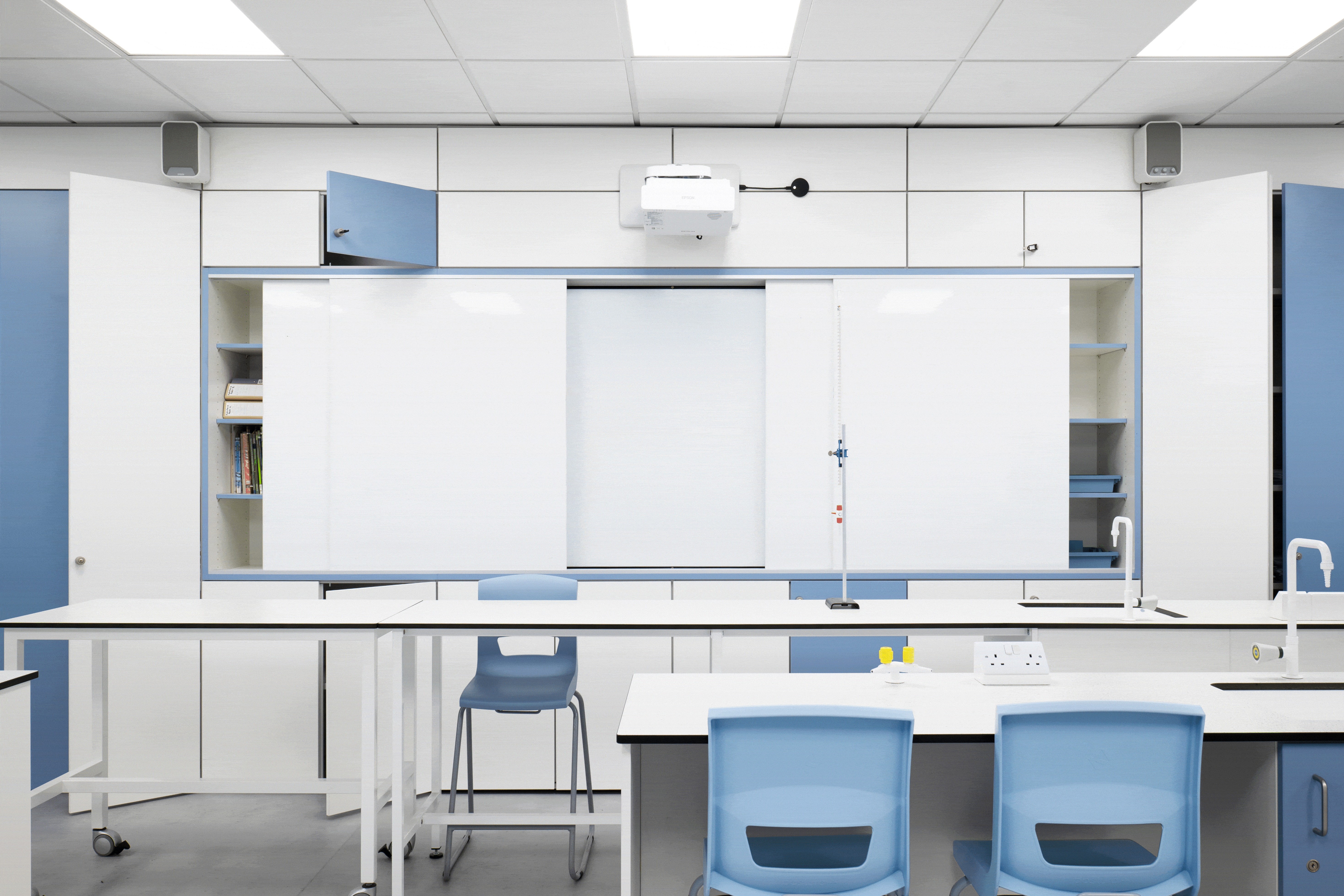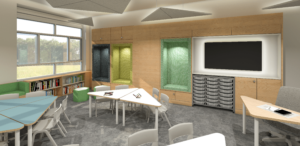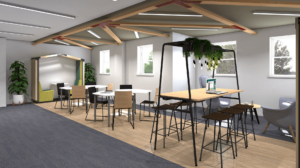Opinions on staff room design vary widely from school to school. In some schools, these spaces are used successfully by teachers for collaboration and knowledge sharing. In other schools, the staff room is avoided at all costs, or has even been removed altogether and replaced with mixed student and staff breakout spaces.
We believe that the staff room is often the most neglected room in the school. Many schools are so focussed on attracting the top students and keeping their grounds looking immaculate, but when it comes to the staff room –the engine room of the entire school –it is a different story.
Take a look around at your own space. Does your staff room design itself leave anything to be desired? Are there tea stains on the carpet, seating that has seen better days or overstuffed pigeon-holes? Are there out-dated staff notices or overflowing bins? Your staffroom should be, in a certain sense, a haven for your staff. A place where they can meet to recharge, socialize with colleagues and obtain advice and support. Whilst a staff room etiquette may be necessary, we believe that creating an inspirational staff base could make a world of difference to your school.
Test your staffroom
Would you be happy to show your staff room to prospective parents of the school?
Do you enjoy using your staff room?
Is the furniture and decor fit for purpose?
If you answered ‘no’ to any of the above, could it be time for a rethink? Our core belief is that ‘Happy people do more’ and that doesn’t just mean students. Staff play a huge part in the success of your establishment, so it is important to make sure they stay motivated and know that they are cared for.
How can you expect success from your students when the staff aren’t properly cared for?
If this article has made you stop and think, it was meant to. We don’t want to point the finger, but we are on a mission to change school environments for the better. It is time to start taking care of teaching and non-teaching staff alike. After all, if you can read this you should thank a teacher.
Pass the biscuits. It’s time to start discussing how staff room design could be improved.
Would you like to improve your staff zones?
Here at Envoplan, we build creative, well-designed furniture and learning spaces that help you to enhance results, save space and attract and retain talented students and staff. If you would like to know to know more about our staff room design, or would like assistance improving wellbeing for your staff, call 020 8997 9656 or get in touch. We look forward to hearing from you.



